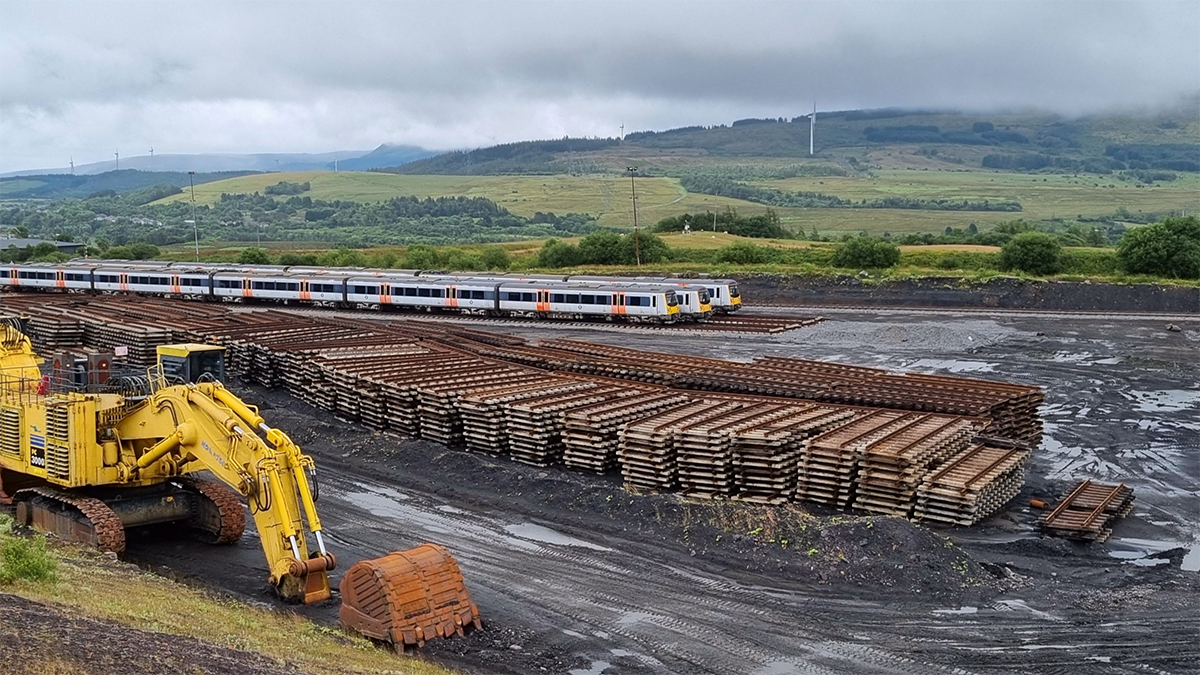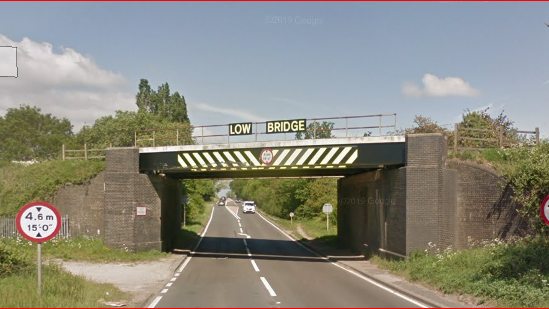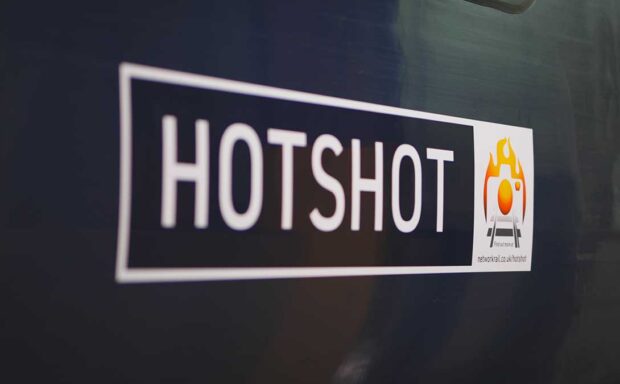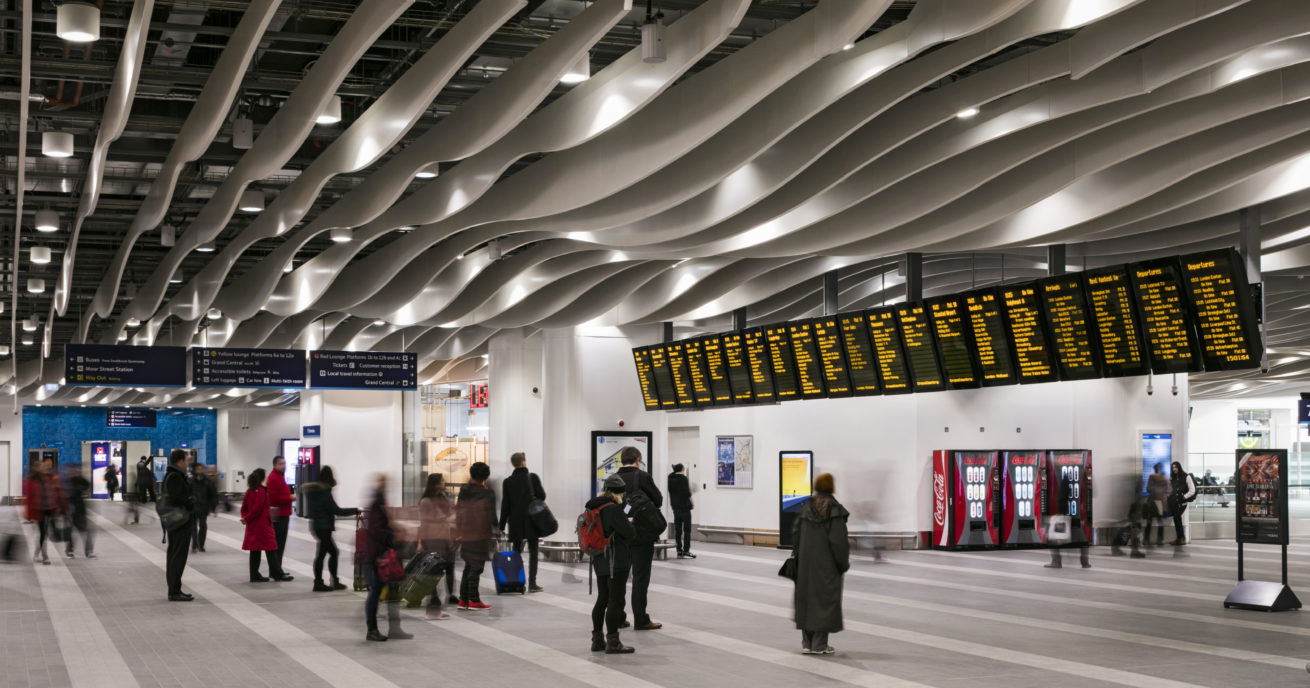We’re passionate about giving you a more sustainable railway which is why we reuse and recycle wherever we can.
We use lots of materials to build and maintain our railway, spending around £7bn a year on our supply chain. Did you know 1.1m tonnes of waste was produced on our railway between 2023 and 2024? We’re coming up with ways to use less and manage unavoidable waste better – for a greener railway.
Our Environmental Sustainability Strategy sets out our commitment to reuse, repurpose or redeploy all excess resources by 2035. And we’re well on our way to achieve this.
Here’s four recent examples where we repurposed and recycled on our railway.
Track inside the Severn Tunnel
We’re reusing all four miles of old track from our recent renewal of the Severn Tunnel in Gloucestershire earlier this year.
Half the track will help build a new siding at the Global Centre of Rail Excellence – a rail innovation facility in South Wales. The track is too old for trains to run on, but it will be put to use for trains to rest on.
We’ll also be using the sleepers from the remaining part to upgrade the track on our less frequently used lines.
Brian Paynter, a project director at Network Rail, said: “There are many benefits to taking this approach – and it’s fantastic that this track from one of our most iconic pieces of railway infrastructure will continue to be used.”
Henley-in-Arden station
We don’t just repurpose small parts of the railway either. For instance, one of our disused stations in Warwickshire was recently transformed into a new community centre for locals this February.
Henley-in-Arden station had been empty since the 1990s. And there were concerns about the worn state of the building and anti-social behaviour developing here.
So, we were only too happy to support local community group Friends of Henley Railway Station (FHRS) in its work transforming the space.
The space is now a multi-functional community space. It can be hired for functions and even has its own micro-brewery to attract and build more business.
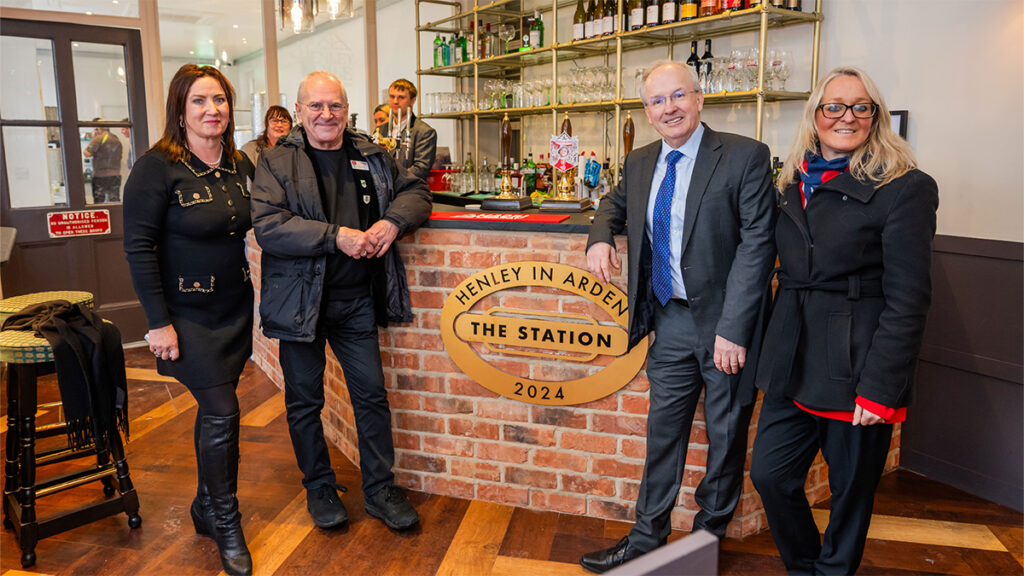
Lord Peter Hendy, former chair of Network Rail, said: “It is wonderful to see partners and volunteers coming together to put the railway at the heart of the local community.”
From signal box to training centre
We also found another use for an old mechanical signal box in Cornwall after it closed in March.
Par signal box was built in 1878 making it one of the oldest signal boxes on our railway. But a new digital signal system in mid-Cornwall meant it was no longer needed for signalling.
We’re now reusing the building as a training base for mechanical signalling training. Mechanical signalling is still used on the railway, with about 680 signal boxes still in operation today. And mechanical signal boxes still operate the St Ives, Newquay and Looe branch lines in West Cornwall. So, the new training centre will come into great use.
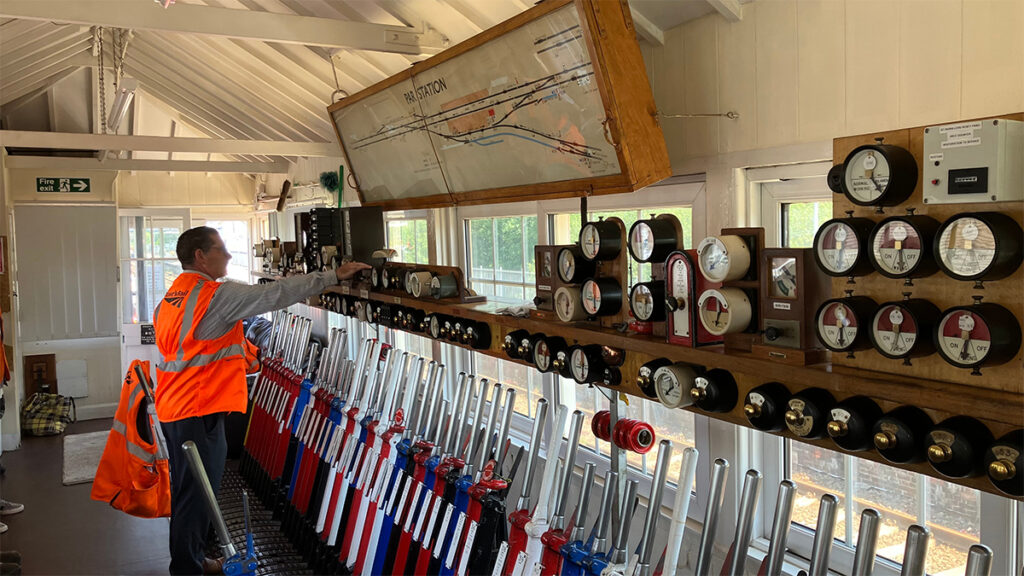
Using recycled materials on our railway
We don’t just limit ourselves to recycling our own parts on the railway. We also use ‘new’ parts made from recycled materials. This means we’re extracting fewer virgin resources from the planet and lowering our carbon footprint further.
For example, we recently used 200 composite sleepers made from recycled plastic materials to upgrade to the track at Laggansarroch Viaduct near Girvan in March.
Composite sleepers are made from plastic that may otherwise end up in landfill. They can even be re-used, re-purposed or recycled to make new sleepers or other products when they’re eventually replaced.
We also upgraded Barnes Bridge in London this August with new wheel timbers made from recycled materials. The new wheel timbers – which are the long blocks that support the track across the bridge – are more durable and need less maintenance than the old wooden ones.
